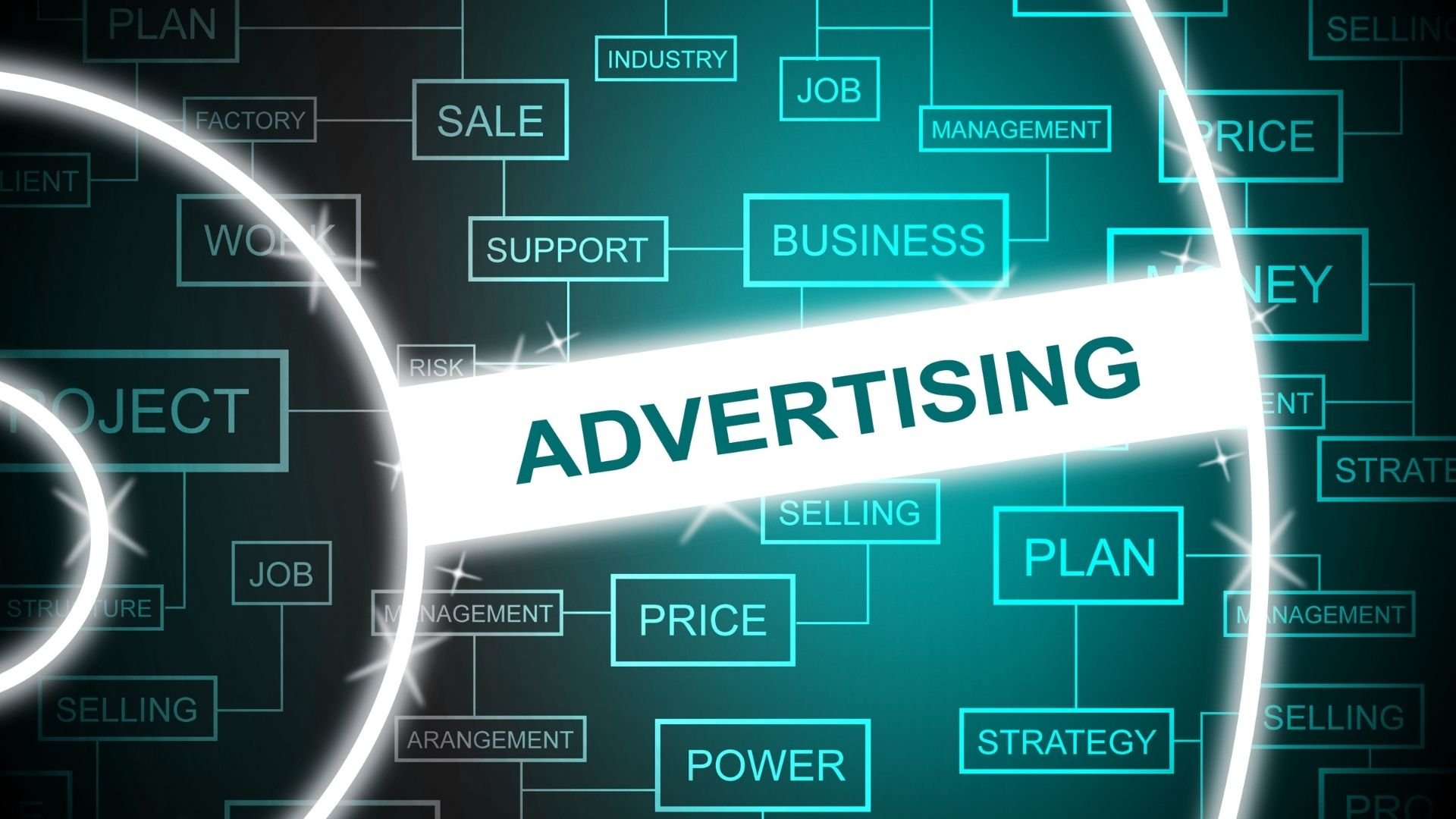Today’s customers consume digital content from various devices and online properties. One minute they’re browsing the web on their desktop, and the next, they’re scrolling social media feeds in search of the latest gossip.
Brands spend a lot of money tracking such mobile consumers, but programmatic advertising has solved this problem by allowing brands to effectively serve ads on the sites and apps their target users frequent. The success of programmatic advertising isn’t in question, with research from eMarketer showing that it accounts for more than 85 percent of digital display advertising.
Running programmatic advertising can be difficult. You need a strategy from end to end, which we’re here to help you achieve. This guide will define programmatic advertising and walk you through everything from preparation to optimization.
What is programmatic advertising?
Programmatic advertising explained: In its simplest form, programmatic advertising is the automated process of buying and selling paid advertising inventory online. The process utilizes different platforms to sell ad inventory on publishing sites to advertisers who bid to buy the inventory and place their ads.
This process used to be quite manual since it involved placing requests for proposals (RFPs), lengthy negotiations, and the manual insertion of ads. The entire process has been automated from the beginning to the end and occurs in milliseconds.
When a visitor lands on a site that uses programmatic advertising, an automated bidding process begins to serve ads to this particular visitor. The publishing site lists the ad space for this viewer on the supply-side platform (SSP), indicating the characteristics of the website and the user to allow DSPs (demand-side platforms) to make a bid for the product (ad space).
DSPs review the information and assign the ad placement a unique value based on the site’s characteristics and the user. The DSPs then bid for the placement for their advertisers, and the SSP picks who gets to place their ad on the publishing site. The process happens in milliseconds, so programmatic advertising is often referred to as real-time bidding (RTB).
We’ve explained the process in detail and why programmatic advertising is one of the most effective growth marketing strategies in our blog, Your Guide to Programmatic Advertising.
Let’s now look at what you need to do to run an effective programmatic advertising growth campaign.

1. Do some research and set your goals
The first thing you need to do is familiarize yourself with this paid ads medium and set your campaign goals. You will face new terms and ideas, and you should take the time to get to know them.
We’ve created a comprehensive list of the programmatic ad terms that will empower you in this journey in our blog, The Key Programmatic Advertising Terms You Need to Know.
Next, you’ll have to set your advertising goals. Use existing data to determine the advertising awareness you need and develop a fitting strategy.
2. Know your audience
Marketing strategies are incomplete without a properly defined audience, and that’s still the case with programmatic advertising. Work with a programmatic advertising agency to define your ideal customer. Map out their characteristics such as age, gender, location, interests, and how they use technology in their day-to-day lives. This information will guide you on creating goods ads and where to publish them to ensure your target users can access and interact with them.

3. Choose your DSP
Before designing your ad creative, you should choose a DSP for your campaign. DSP stands for demand-side platform, which is software used by advertisers for their programmatic ad campaigns. The software automates ad buying through real-time bidding technology. Once you set a bid for your campaign, the DSP competes with other advertisers for ad inventory and secures placement for your ad on prime publishing sites.
4. Set campaign parameters
The next step is to set parameters for your campaign. Choose an ad type from the available options, which include banner ads, video ads, native ads, and in-app campaigns. The CTR for these ad types varies, and it’s advisable to consult a programmatic marketing agency to help you select the best campaign format for your brand.
You will then have to set your campaign’s CPM (cost per mile) and budget. While platforms like Facebook pre-determine the CPM, DSPs allow you to choose how much you can afford to pay to win impressions. After setting the CPM, set the duration of your campaign and the frequency cap, which determines the number of times an ad will be shown to the same user.

5. Get the right data
Identify the characteristics of your target users and add them to your campaign parameters to refine your targeting. Find out where your target users live, their average age, habits, and online activities. Guided by this knowledge, you will reach your target users effectively and boost your click-through rate.
6. Choose your targeting options
Create clearly marked personas that define the audience you want to show your ad to. Your target users reside in a specific location, speak a particular language, have specific interests, and use certain browsers and operating systems to surf the web.
Feed this information into the DSP to specify where you want your ads to appear and the audience to view your ad. You can also choose the supply-side platforms you want to get traffic from. This selection may require some research as you may not know the type of traffic provided by the different SSPs.
7. Get ready to launch
After setting your campaign parameters and targeting options, you’re now ready to launch your programmatic ad. Select the creative type you had defined earlier and choose your traffic sources.
Upload your creative to the DSP and enter its attributes such as length, width, and ad markup. Some DSPs automatically fill the size of the ad to optimize it for placement on different publishing sites. Adjust your creative targeting settings to your liking, and you’re good to go.

8. Monitor and track your results
DSPs have a dashboard that allows you to monitor the performance of your ads. Monitoring is integral to campaign management as it allows you to see what’s working and what isn’t. You will know how many people have come across your ad and interacted with it.
You will understand how effective each source is by tracking each campaign’s CTR, CPC, and overall spend. You will also determine the value of each conversion by calculating how much you had to spend to acquire it. Analyzing this data will help you identify the problems with your programmatic ad campaign.
9. Optimize the campaign
Insights gained from the analysis will guide you on how to optimize your campaign. If you find out that specific traffic sources are not yielding a positive outcome for your business, remove them from your campaign settings and stick to the highly-converting traffic sources.
Even if your campaign is successful, adjusting your exposure time multiplier is still room for improvement to ensure you don’t pay too much for the same ad impressions. Review your campaign goals against the generated results, and make the necessary adjustments to keep your ad campaign performing at a high level.
10. Don’t forget to get creative
Don’t make one design for your creative; go with it for the entire campaign duration. Sometimes, your campaign isn’t doing well because you have a poor creative that doesn’t grab the attention of your target users.
Have fun with your creatives, and note how people react to changes. Use different designs, colors, and words to make your creatives stand out. Track the interaction rates as you make the changes to determine the best design for your campaign.

Want to perfect your paid ads?
There are lot of paid advertising strategies you can use, and it can be hard to choose the right one. But don’t worry! We’ll help you invest your ad spend wisely with our guide – Paid Advertising 101: How to Grow Your Business With the Right Ads.
Any growth marketing agency will tell you that programmatic advertising is an effective medium for creating awareness about your brand. It’s cheap compared to other advertising mediums, and the advanced targeting options allow you to connect with your brand’s ideal customers.
Programmatic advertising can be quite technical, and working with a programmatic advertising company is the only way to get it right. The team at Growth Marketing Genie can help you run targeted campaigns that make more people aware of your brand.
Do you need help to grow your brand online? Our marketing strategies will help you draw more users to your brand.

Book in a Free Consultation
